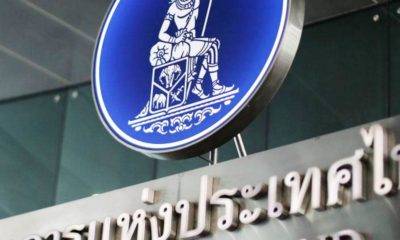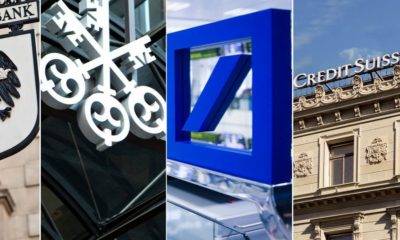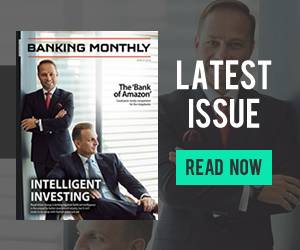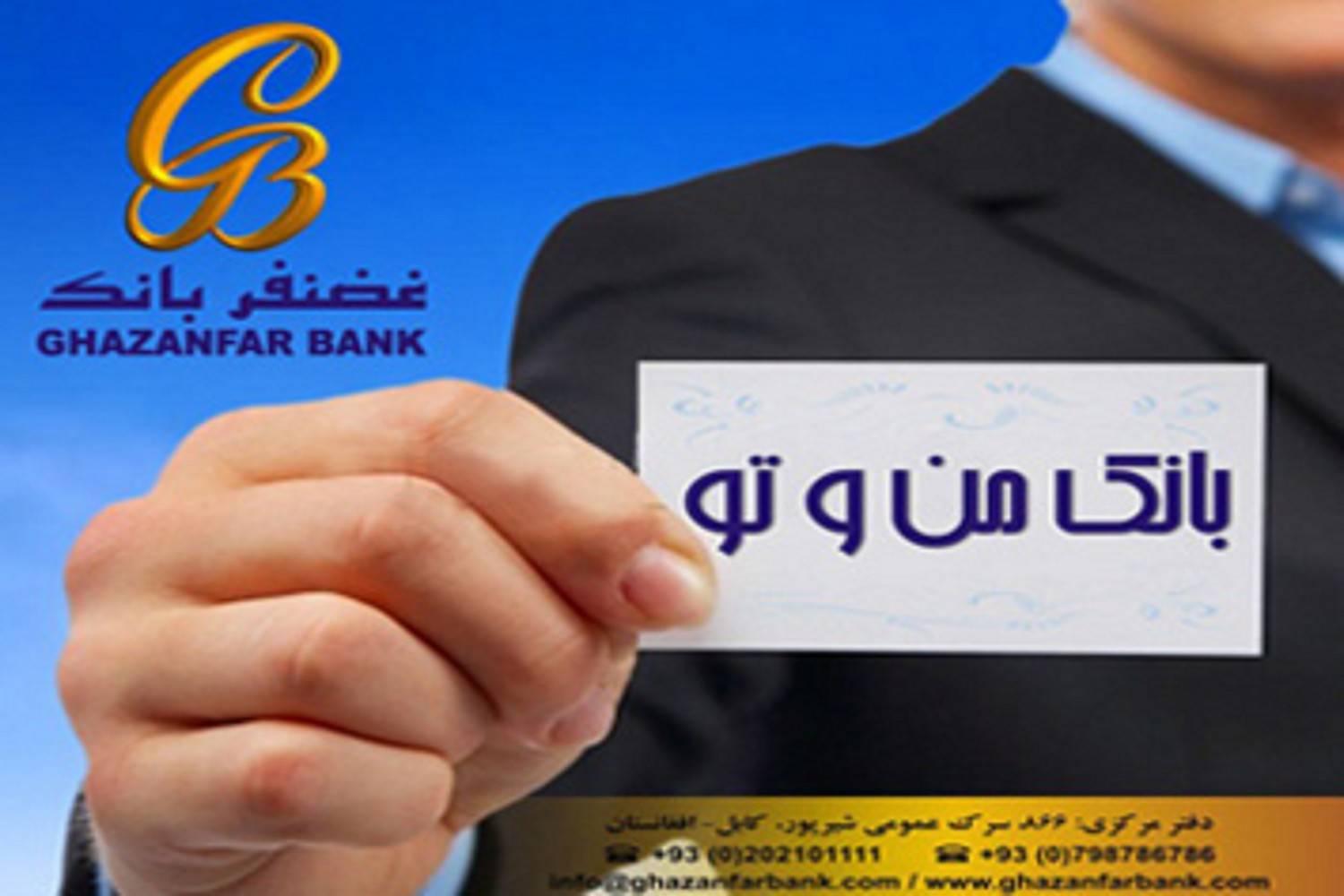
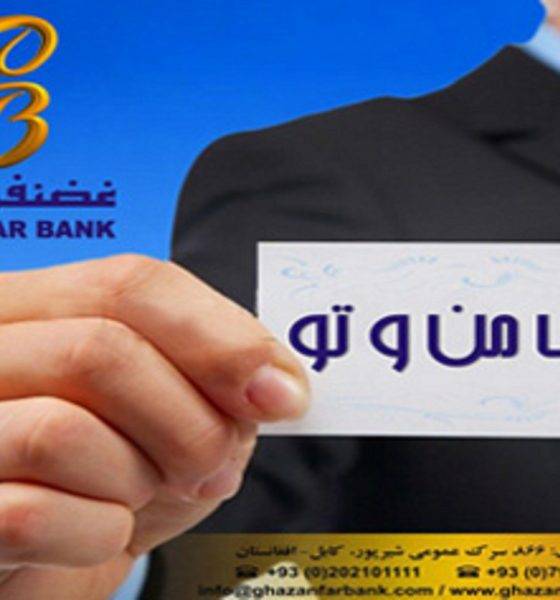
Homepage
‘From Good to Great’ – Ghazanfar banks on future success
From an uncertain and challenging environment, banking in Afghanistan has been transformed into a thriving economy. Jayanta Ray, Chief Executive Officer at Ghazanfar Bank, gives us an insight into his successful organisation together with history surrounding the complexities of the industry and his future vision for growth.
The banking system in Afghanistan appears, by modern standards, to have recently developed into an innovative growth market. Firstly, could you give us some background into the historical challenges faced by the banking sector in this region?
The sector has indeed experienced widespread change over recent years as decades of conflict within the region firmly contributed to the devastation of Afghanistan’s, economic, finance and banking systems.
In 2001, Afghanistan had six licenced state-owned commercial banks – almost all based in Kabul – and all facing similar problems; a lack of connectivity with agreed and accepted accounting standards together with inconsistent and inexperienced management and staffing.
During the Taliban era, in line with Islamic law, banks were not allowed to pay or charge interest, which resulted in lending activities ceasing. These difficulties caused a definite lack of confidence within both the general population and the business sector, which ultimately led them to rely on an informal, yet efficient, system of self-regulated activities largely based on trust and reputation. This became known as the ’Hawala’ (meaning transfer) system and replaced commercial banks with the provision of credit and foreign exchange operations during the Taliban period. To put this into context, the International Monetary Fund estimated that by 2003 approximately 5000 money traders were operating out of Kabul alone.
With any new government, legislative changes are inevitable. Can you talk us through events from 2001 which culminated in a change of profile for the banking sector and ultimately then led to the early beginnings of Ghazanfar Bank?
It does help to remember that firstly, this was an extremely testing time for both the country and the sector in general. The Hawala system with its lack of bureaucracy surrounding client verification and risk assessment was popular and more convenient than commercial banks. Secondly, the poor infrastructure of the region since the fall of the Taliban placed heavy constraints upon the traditional banking industry. As banks had insufficient working capital to generate into local businesses and required international aid and financial intervention, the new incoming government needed to establish a completely new regime – one with the capacity to undertake banking supervision and monetary policy operations which would restore stability and provide long-term growth.
During 2003 and early 2004 regulations around lending activities were put in place and with the assistance of the international community and financial donors, the government owned bank, Da Afghanistan Bank (DAB), became the regulator for all banking and money handling operations in Afghanistan.
The banking system in the region was then able to enter a period of significant growth. By March 2009, when Ghazanfar Bank received its licence from the DAB to operate as a commercial bank, the financial system comprised 15 licenced commercial banks with branches across many provinces.
It is said that ‘from small acorns, mighty oak trees grow,’ meaning that over time small and modest things can become impressive. Ghazanfar Bank has pioneered Islamic banking and played a pivotal role in rebuilding the national economy. Could you give us an insight into the products and services now offered and how the organisation has developed over the last ten years?
Ghazanfar Bank commenced operations from Kabul and has expanded into several key locations (Mazar Sharif, Hairatan, Kunduz, Takhar, Pule-Khumri, Jalalabad and Herat) and opened a further two branches in Kabul in Sarai Shahzada and Shar-e-Naw. We also plan to expand our branch network in Kabul and other prime locations across Afghanistan in due course and have established good working relationships with major banks across the world and plan to further increase our network of branches across Kabul and the country as a whole in due course.
We offer a wide range of deposit and credit facilities which are fully compliant with both traditional commercial regulations and Islamic law. Apart from conventional banking products, the Bank offers Islamic deposit products based on Shari’ah concepts of Mudarbah and Al-wadiah-yad –damanah. The Bank relies on financial transactions such as Murabaha, Musharakah and Wakala in respect of developing Islamic Credit portfolio.
Additionally, the Bank is offering technological products and services which reflect the modern age – Internet banking, giving 24/7 access to accounts and SMS notification alerts. Our customers can also apply for the Ghazanfar Bank Mastercard which is linked to the Mastercard system and enables cash withdrawals, balance enquiries and statements from ATM machines across the region.
We are delighted with our 2017 performance and proud to state that we have far exceeded our targets for growth, profitability, return on equity etc.
In your opinion, which are the most important factors that have contributed to the outstanding success of Ghazanfar Bank?
We have gained a reputation for being a fair, honest, transparent and innovative bank and I think the credit for this lies both with our highly experienced, qualified bankers, financial experts, accountants as well as our young, dynamic and talented workforce. Our human resource is a key strength and as a team we have received global recognition, which I believe to be the result of our continual training, desire to improve skills and keep abreast of technology.
Additionally, we honour our commitments to social responsibility and increasingly engage in charity and community service, which also contributes to the Ghazanfar name being synonymous with adhering to ethical practices and value based principles.
And finally, what is your ongoing vision for Ghazanfar Bank?
Whilst not becoming complacent with our achievements thus far, we will continue to dedicate ourselves to providing the best value to our clients and shareholders as well as equal opportunities for growth to all our employees.
We are currently implementing our ‘Vision 2020’ programme which will set out the strategy for our long-term vision, mission and objectives. Our vision is to become the ‘top of mind’ banking brand to the banking population of Afghanistan through our expansion as a market driven people’s bank.
We believe that that our network of strong relationships between employees, customers, community, shareholders and the Central Bank of Afghanistan will enable us to reach our targets for 2020. The motto of our bank is ‘From Good to Great’ – this is our aspiration and an ongoing objective for all involved within Ghazanfar Bank to work together to achieve.
Further information on the full range of products and services offered by Ghazanfar Bank can be found on the company website at https://www.ghazanfarbank.com


